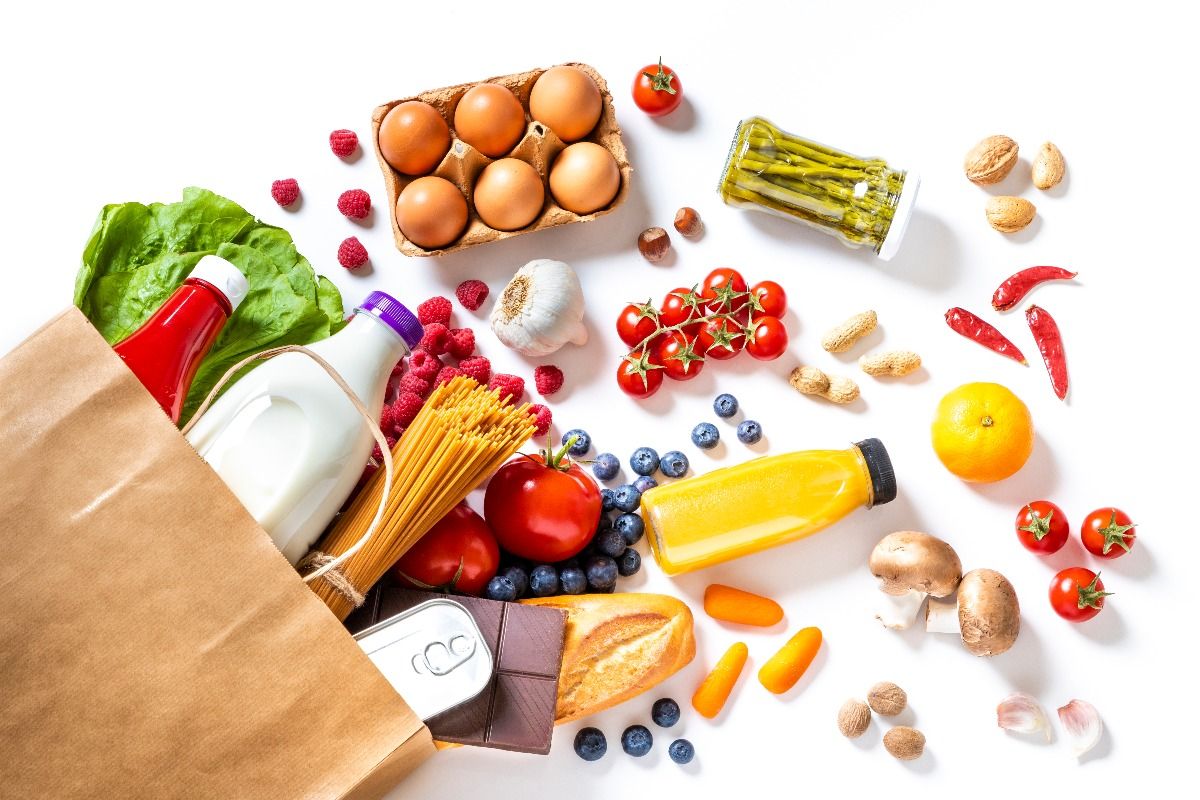Inflation has dominated the headlines for much of 2022, with prices for fuel, food and household goods rising dramatically across the country. While there are some signs that inflation in the general economy may finally be cooling down, food prices are still up, with no sign of falling. With prices up an average of 11% from last year, we are all feeling the pinch. There's a variety of reasons for these increases: food supply chains are complicated, and many are still reeling from pandemic disruptions and other disturbances. There's also the distinct possibility that grocery chains, logistics companies and large-scale food producers might be taking advantage of the situation, given that they're posting record-high profits that suggest they're doing more than just passing on their increased costs to consumers.
So while regulators are attempting to reign in food inflation and make things more affordable, it might take a while before we get relief from higher prices at the register. With this in mind, here are our best tips for making the most of your groceries, stretching what you buy to cover multiple meals that don't skimp on sustainability, taste and nutrition.
Reduce food waste
The average household wastes around 40% of the food it buys. That loss is not only an environmental problem, it's an economic problem — you would never throw away 40% of your money, and so it makes good sense to try not to waste 40% of your food. Making sure all the food you buy gets eaten is hard, but with a little planning and a mindshift towards making the most of what you've got, you can stretch your grocery dollars. Planning out your meals for the week, buying smaller quantities, organizing your fridge and using every part of the food you buy are all great strategies.
Resources:
- FoodPrint's illustrated guide to reducing food waste
- FoodPrint's articles on cooking with less waste, focused on greens, stems, peels and more
- Our podcast episode on food waste
Eat less meat, but better meat (or eat no meat at all)
Meat is one of the grocery items that has seen the steepest increase. From April 2021 to April 2022, beef prices went up almost 15%. There are lots of reasons for that, including both inflation and possibly price gouging by the highly consolidated meat industry, but it means there was never a better time to change what kind of meat you buy, and how much (including none!). When quality and smart use becomes the focus rather than quantity, it's easy to avoid the sticker shock and divest from price-gouging meatpacking corporations. We have advice to help you to switch to better meat (grassfed, pasture-raised, local if you're able) and to eat less of it: eat meat less often, try smaller portions or use it in different ways: as part of stir fries, or as a flavoring agent, with a few pieces flavoring an entire dish.
Resources:
- How to Cook with Less Meat but Better Meat
- Our food label guide for beef, chicken, pork and more
- 6 Tips for Adopting a Vegan Diet
Eat beans
While beans have long been mainstream staples in many other countries and an essential part of vegetarian diets the world over, they haven't always gotten enough respect with American cooks. But what's not to love? Beans are an extremely affordable protein, whether canned or dried. One can, used right, can feed a family — and a bag could feed a family twice. They can be eaten hot or cold, in salads, soups, stews, burgers and more. They are delicious, versatile, just as happy in a cocktail dress as they are wearing sweatpants. We have tons of guidance for how to get started, how to use up any leftovers; and even what the heck Rancho Gordo bean club is and why you should sign up.
Plus, a couple of books to inspire you:
- Joe Yonan's "Cool Beans: The Ultimate Guide to Cooking With the Worlds' Most Versatile Plant-based Protein"
- Steve Sando and Vanessa Barrington's "Heirloom Beans: Great Recipes for Dips and Spreads, Soups and Stews, Salads and Salsas, and Much More from Rancho Gordo."
Grow your own
Growing some of your own food can be less expensive than buying it, and often less wasteful, too. There are ways to start gardening no matter how small the space, or how limited your resources. For example: ever bought fresh herbs only to use a few and have the rest get slimy and brown in your fridge? Growing your own herbs, even just on a windowsill, can be a great way to access affordable herbs and cut only what you need when you need it. As your confidence grows, you can build up your repertoire and save money on everything from peppers to tomatoes to greens.
Resources:




Shares